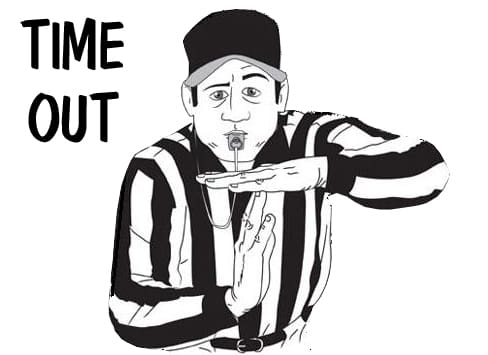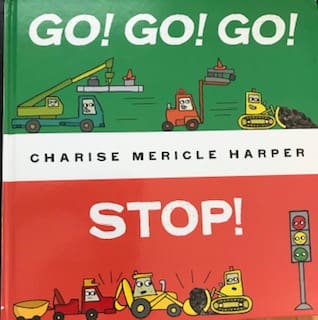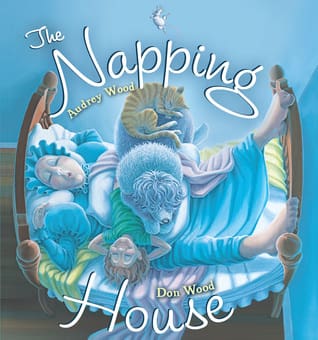What about time outs? I am not a big fan of time outs where you just put your child in a corner by himself for a specific amount of time--a minute for each year of his age is one I hear a lot. What is he learning there? That seems to me like punishment, not discipline. I once heard someone compare time outs athletes take during a game or practice to the ones we give children. In a game, players and coaches take a time out to rest, re-group, and make a plan for the rest of the game.
If you can think about yourself as the coach and your child as a player, then a time out wouldn't be a punishment; it would be a time for you both to take a break, gather yourselves, and make a plan so that things go differently from here on out. Then you are also both working towards the same goal: a good relationship, with a calm and happy child and adult.
But there are times when you as a parent need a time out, because you are so frustrated and are about to lose your cool. (Or maybe you have already lost your cool.) That is okay!! You want to teach your child healthy coping mechanisms for dealing with anger and frustration. So let him know that you are angry and losing your patience. Tell him that you need to take a break away from him, take some deep breaths, and then you will come back and be ready to talk about the problem. Isn't that the way we would hope children would deal with their own anger and conflicts with others? So, we have to model that. Remember that children learn the most from watching us, not from what we tell them. You may need to reassure your child that even though you are angry, you still love him, and that this feeling will pass. It can be scary for children to experience other people's (especially their parent's) anger, and to experience their own anger. It is important to remind them that it is okay to be angry; it is just not okay to hurt people or things.
And sometimes your child needs a time out, because she is getting more and more upset, or she is hurting someone else, herself, or damaging things. When a child is so upset that she is causing harm, then she needs to be removed from the situation. (Unless of course it's something like getting a shot at the doctor's. That's a situation you just have to get through, however you can.) If you see your child get out of control, and you know you have to remove her, you can tell her, "You are not being safe right now because you are hitting your brother. So I am going to move you away until you can be safe." Then pick her up and move her away, maybe to a couch or her bed where she can kick and scream and yell until she's done, and try not to give her too much more attention. (Although some children might need some support--hugs and coaching--to calm down, especially when they are younger or have not done this before.) No need for a big lecture. When she comes back, welcome her. "Do you feel better? Are you ready to play safely? Great, let's play!"
With this approach, you are giving your child a logical consequence for her behavior. If you hurt someone, then you can't be with that person. If you throw sand, you have to leave the sand box. These are consequences a child can understand, learn to anticipate (especially with some reminders from you before the behavior gets out of control), and thus avoid. Remember those age-appropriate expectations and setting your child up for success; don't ask him to do something he is not old enough to do yet.
If you do use a time out, for yourself or your child, try to keep in mind what your goal is: to calm down, regroup, and make a plan so that the behavior doesn't continue. And you want to maintain your connection with your child throughout the interaction. One way to do this is to sit together and take deep breaths (have your child hold her hands on her belly and feel it expand when she breathes in), to punch some pillows, or go outside and scream together. There are some great mindfulness and meditation apps that have short chimes you can listen to with your child while you take deep breaths.
That's all for time outs, and this is pretty long. So I'll have to write another post about punishment vs. rewards and incentives like sticker charts.














